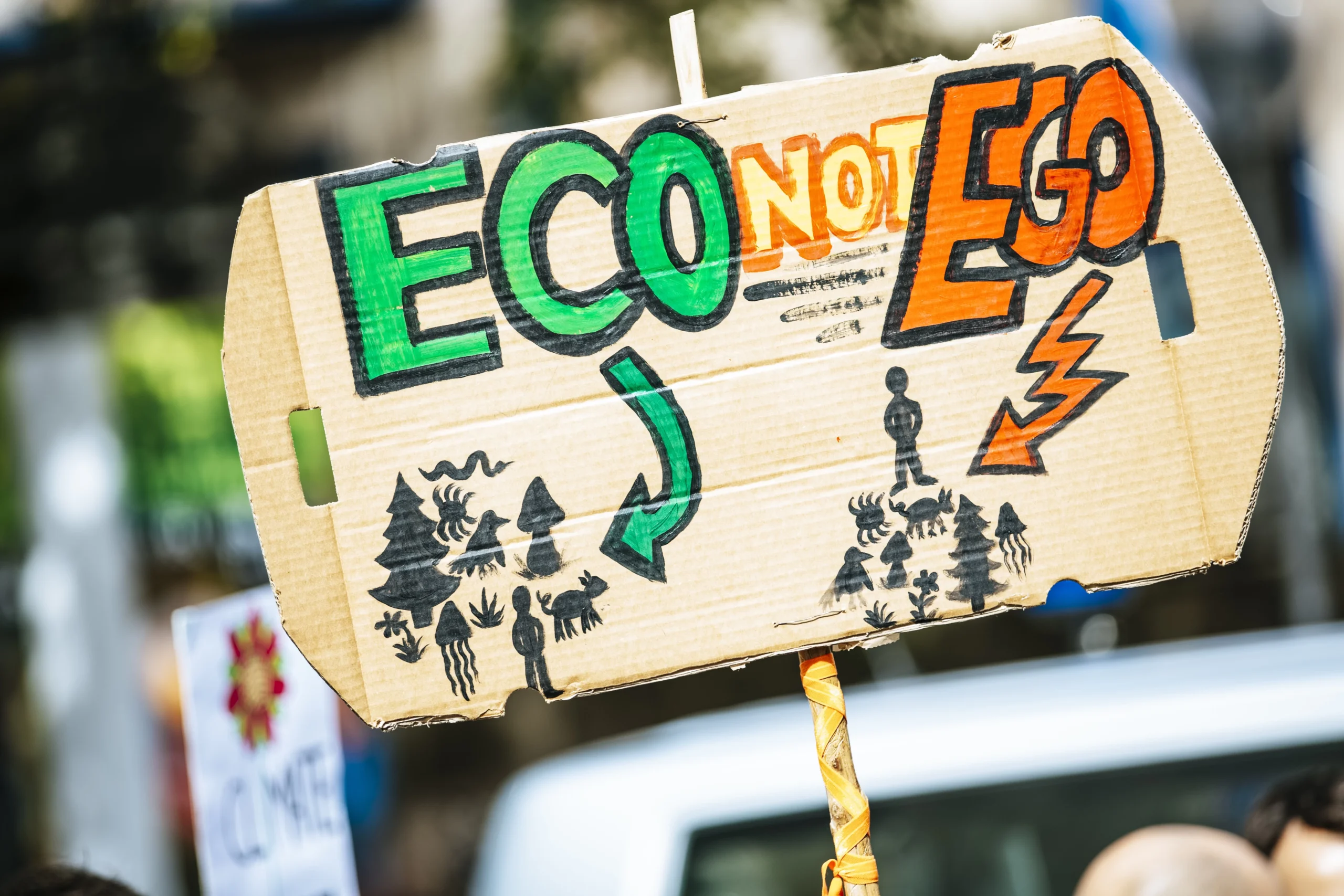Table of Contents
Introduction
Marketing automation can optimize the lead generation funnel by streamlining the process of generating, nurturing, and scoring leads. It allows for segmentation and personalization, providing a more targeted and personalized experience for leads and customers. With the use of marketing automation, businesses can retarget those who have shown interest but have not yet converted, increasing the likelihood of successful conversion and driving business growth.
Three Important Metrics to Measure Your Funnel
Before diving into understanding the conversion funnel, it is important to measure three key metrics:
-
Website Visits: This metric measures the number of visitors to your website, indicating how many people are aware of your brand and interested in your products or services.
-
Conversion Rate: This metric measures the percentage of visitors who take a desired action (such as making a purchase or filling out a form). It indicates how effective your funnel is at converting leads into customers.
-
Customer Lifetime Value: This metric measures the total value of a customer over their lifetime as a customer. It helps determine the return on investment in marketing efforts.
Understanding the Conversion Funnel
The conversion funnel begins when a stranger first comes in contact with your brand and continues until they become a customer and advocate for your brand. It is divided into five main stages:
1. Discover (Awareness)
The funnel begins with the discovery stage, where a user is becoming aware of your brand. This stage is where users are only starting to know about your brand and are unfamiliar with it. Users typically do not search for a brand unless they are already familiar with it or have received a recommendation from someone they know.
Optimization of Lead Generation Funnel
Optimizing lead generation funnel is key to driving business growth and increasing conversions. Here are some steps to optimize your lead generation funnel:
1. Find Customer Segmentation
Segmenting your customers is crucial in optimizing your lead generation funnel. By dividing your customer base into groups based on their characteristics and behaviors, you can create targeted marketing campaigns that are more likely to resonate with each segment. This will help you attract higher-quality leads and increase your conversion rates.
2. Fix the Drawbacks
Identify any bottlenecks or obstacles in your lead generation funnel and work on fixing them. This may involve improving your website’s user experience, optimizing your landing pages, or refining your email marketing strategy. By addressing these issues, you can streamline the path to conversion and make it easier for leads to take action.
3. Remove Steps from the Funnel
Simplify your lead generation funnel by removing unnecessary steps. Analyze each stage of the funnel and identify any steps that are causing friction or slowing down the conversion process. By eliminating these steps, you can create a smoother and more efficient funnel that leads to higher conversion rates.
4. Plan out the Buying Process
To create an effective sales conversion funnel, you need to plan out the entire buying process from start to finish. This includes identifying the touchpoints where customers interact with your brand, as well as the actions they need to take at each stage of the funnel. By mapping out the buying process, you can ensure a seamless and optimized customer journey.
5. Establish Your Conversion Goals in Google Analytics
Use Google Analytics to track your conversion goals and measure your funnel’s performance. Set up conversion tracking for key actions such as form submissions, purchase completions, or newsletter sign-ups. This will allow you to monitor the effectiveness of your funnel and make data-driven decisions to optimize its performance.
6. Create Engaging and Relevant Content
Content plays a crucial role in attracting and converting leads. Create engaging and relevant content that speaks directly to your target audience’s pain points and needs. This could include blog posts, videos, whitepapers, or case studies. By providing valuable content, you can build trust with your audience and increase the likelihood of conversion.
7. Scrutinize Leaks in the Conversion Funnel
Regularly analyze your conversion funnel to identify any leaks or drop-offs. Use conversion tracking and analytics tools to determine where leads are dropping out of the funnel and take steps to address these issues. By plugging these leaks, you can maximize your conversion rates and drive more revenue.
8. Focus on Optimizing the Conversion Rate
The ultimate goal of optimizing your lead generation funnel is to increase your conversion rate. Monitor your conversion rate regularly and test different strategies to improve it. This could include A/B testing different landing page designs, optimizing your call-to-action buttons, or implementing exit-intent pop-ups. By continually optimizing your conversion rate, you can maximize the effectiveness of your funnel and drive more conversions.
Conclusion
Optimizing your lead generation funnel is crucial for driving business growth and increasing conversions. By following these steps and continually monitoring and optimizing your funnel, you can attract higher-quality leads, convert them into customers, and drive revenue for your business. Remember to use marketing automation tools like Aritic PinPoint to streamline the lead generation process and provide a personalized experience for your audience.
